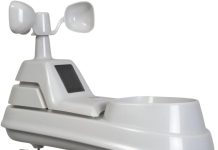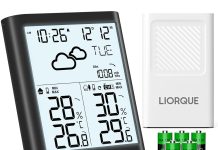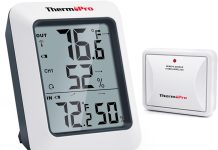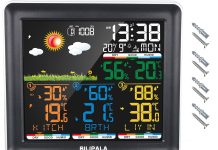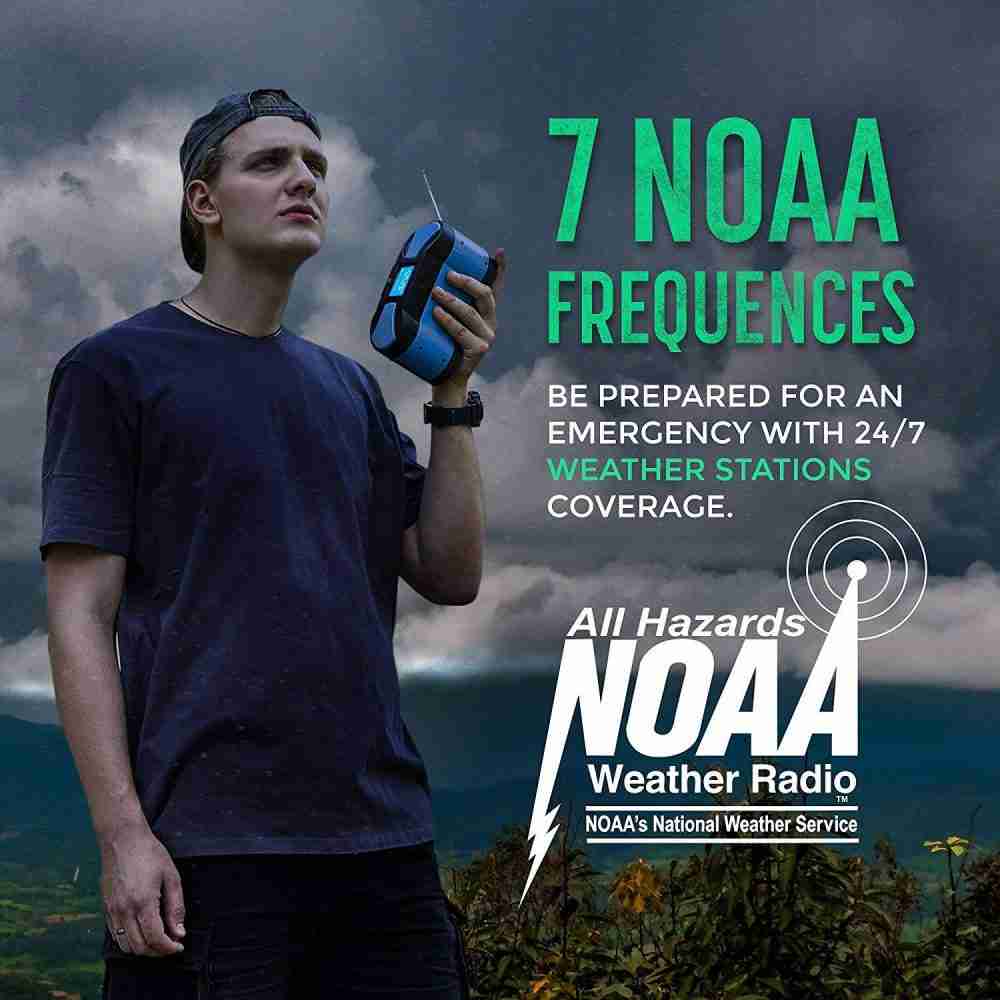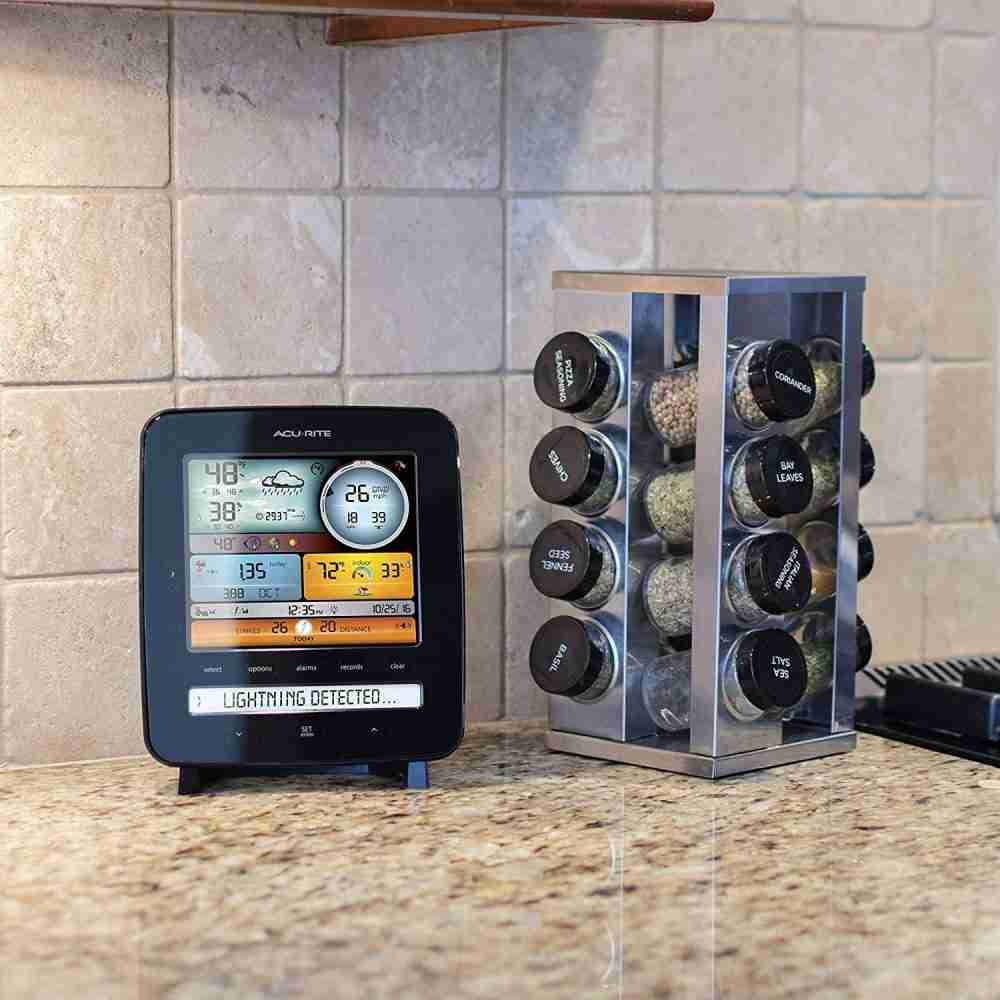Hurricanes, tropical storms, and tropical depressions are all tropical cyclones that can cause significant damage to life and property.
While they all form in the tropics, distinct differences between each type of storm are essential to understand to prepare for potential impacts.
Tropical depressions are the weakest of the three types of storms, with maximum sustained winds below 39 mph. These storms form when a low-pressure area is accompanied by thunderstorms that produce a circular wind flow.
While they can bring significant amounts of rain and thunderstorms, they are not as strong as tropical storms or hurricanes.
Tropical storms are more organized than tropical depressions, with maximum sustained winds gusting between 39 mph and 73 mph.
These storms can cause significant damage due to strong winds, storm surges, and heavy rainfall. It is essential to take these storms seriously and follow any evacuation orders issued by local authorities.
Understanding Weather Terminology
What is a Tropical Depression?
A tropical depression is a weather system characterized by low atmospheric pressure and thunderstorms producing winds up to 38 mph.
It is the weakest form of a tropical cyclone but can still cause significant damage, especially in areas with poor infrastructure. The National Hurricane Center (NHC) monitors these systems and provides updates on their progress.
What is a Tropical Storm?
A tropical storm is a weather system with a circular wind flow with maximum sustained winds ranging from 39 to 73 mph.
The NHC assigns names to tropical storms using an official name list developed by the World Meteorological Organization for that season. These storms can cause significant damage, including flooding, landslides, and property damage.
What is a Hurricane?
A hurricane is a tropical cyclone with maximum sustained winds of 74 mph or higher. Hurricanes are classified into five categories based on wind speed, with Category 5 being the most severe.
These storms can cause significant damage, including flooding, landslides, and property damage. The NHC provides updates on the progress of hurricanes and issues warnings to areas that may be affected.
Understanding weather terminology is crucial when preparing for and responding to tropical cyclones. By knowing the differences between a tropical depression, tropical storm, and hurricane, individuals and communities can take appropriate action to protect themselves and their property.
Key Differences
Difference in Wind Speed
One of the key differences between a hurricane, a tropical storm, and a tropical depression is wind speed. According to Policygenius, a tropical depression has sustained winds of up to 38 mph. Once the winds reach 39 mph, it becomes a tropical storm.
A tropical storm has sustained winds between 39 and 73 mph. Finally, when the winds reach 74 mph or more, it becomes a hurricane. Hurricanes are further classified into five categories based on wind speed, with Category 5 being the most severe.
Difference in Damage Potential
Another significant difference between these three weather phenomena is the level of damage they can cause. As the wind speed increases, so does the potential for damage. Tropical depressions can cause minimal damage, such as minor flooding and power outages.
In contrast, tropical storms can cause significant damage, including flooding, power outages, and property damage. Hurricanes, however, can cause catastrophic damage, including loss of life, severe property damage, and widespread power outages.
The difference in Formation Process
The formation process of these weather phenomena also differs. According to Mental Floss, tropical depressions form when warm, moist air rises from the ocean’s surface and begins to cool, forming clouds.
If the winds are strong enough, a tropical depression can develop into a tropical storm. As the storm continues to grow, it can become a hurricane. In contrast, a tropical storm can also form from a tropical wave or a disturbance in the atmosphere.
In summary, the key differences between a hurricane, tropical storm, and tropical depression are the wind speed, damage potential, and formation process. While tropical depressions can cause minimal damage, tropical storms and hurricanes can cause significant catastrophic damage.
Understanding these differences can help people better prepare for these weather events and take the necessary precautions to protect themselves and their property.
The Life Cycle of a Tropical System
Formation to Tropical Depression
Tropical systems, such as hurricanes, tropical storms, and tropical depressions, all begin as clusters of thunderstorms over warm ocean waters. The warm water provides the energy needed to fuel the storm.
As the thunderstorms grow and merge, they rotate around a central point called the “eye.”
Once the storm reaches a certain level of organization, it is classified as a tropical depression. This means the storm has a defined center of circulation and sustained winds of up to 38 mph.
Tropical Depression to Tropical Storm
As the tropical depression strengthens, it can become a tropical storm. This occurs when the sustained winds reach between 39-73 mph. At this point, the National Hurricane Center gives the storm a name.
Tropical storms are still dangerous, with strong winds and heavy rains. They can cause flooding, landslides, and power outages. However, they are not as destructive as hurricanes.
Tropical Storm to Hurricane
If the tropical storm continues to strengthen, it can become a hurricane. This occurs when the sustained winds reach 74 mph or higher. Hurricanes are classified into five categories based on wind speed, with Category 5 being the most intense.
Hurricanes are extremely dangerous and can cause catastrophic damage. They bring strong winds, heavy rain, storm surge, and tornadoes. It is crucial to prepare for hurricanes by having an emergency plan in place and following evacuation orders if necessary.
In summary, tropical systems begin as clusters of thunderstorms over warm ocean waters. They can become tropical depressions, storms, and hurricanes as they grow and rotate. It is essential to stay informed and prepared during hurricane season to protect yourself and your loved ones.
Predicting and Tracking These Weather Events
Weather Forecasting Tools
Predicting and tracking hurricanes, tropical storms, and tropical depressions is crucial for the safety of coastal residents and businesses. The National Hurricane Center (NHC) uses various tools to forecast these weather events, including computer models, satellite imagery, and aircraft reconnaissance.
Computer models simulate the atmosphere and predict the storm’s path, intensity, and size. The NHC uses several models, such as the Global Forecast System (GFS), the European Centre for Medium-Range Weather Forecasts (ECMWF), and the Hurricane Weather Research and Forecasting (HWRF) model. These models use data from satellites, buoys, and other sources to create forecasts.
Satellite imagery is another vital tool used by the NHC to track storms. Satellites provide real-time images of the storm’s location, size, and intensity. The NHC also uses aircraft surveillance to gather data about the storm’s wind speed, pressure, and other characteristics.
Importance of Accurate Predictions
Accurate predictions of these weather events are crucial for the safety of coastal residents and businesses.
When a hurricane, tropical storm, or tropical depression is forecasted to hit a particular area, residents are given ample time to evacuate or prepare for the storm’s impact. Accurate predictions also help emergency management officials allocate resources and coordinate response efforts.
Inaccurate predictions, on the other hand, can lead to complacency or panic. If a storm is forecasted to hit an area but misses it, residents may become complacent and not take future warnings seriously.
Conversely, if a storm is forecasted to be less severe than it is, residents may panic and take unnecessary risks.
In conclusion, predicting and tracking hurricanes, tropical storms, and tropical depressions is a complex process that requires various tools and techniques. Accurate predictions of these weather events are crucial for the safety of coastal residents and businesses and can help emergency management officials allocate resources and coordinate response efforts.
Conclusion
In summary, hurricanes, tropical storms, and tropical depressions are tropical cyclones that form over warm ocean waters. The main difference between them is their wind speed.
A tropical depression is a cyclone with maximum sustained winds below 39 mph. Once a tropical depression becomes more organized and its wind speeds reach between 39 and 73 mph, it is upgraded to a tropical storm. On the other hand, a hurricane is a tropical cyclone with maximum sustained winds of 74 mph or higher.
Tropical depressions and tropical storms can still cause significant damage, especially in areas not accustomed to these weather events.
They can bring heavy rainfall, strong winds, and storm surges, leading to flooding, power outages, and property damage. It is essential to stay informed about any tropical weather systems that may be approaching and to follow the advice of local authorities.
When preparing for a hurricane, tropical storm, or tropical depression, a few key steps can help minimize the risk of damage or injury. These include:
- Creating a disaster plan and emergency kit that includes food, water, and other supplies
- Securing loose objects around your property, such as outdoor furniture or decorations
- Boarding up windows or installing storm shutters
- Evacuating if instructed to do so by local authorities
By taking these steps and staying informed about the latest weather updates, individuals and communities can help protect themselves and their property from the impacts of tropical cyclones.
Frequently Asked Questions
What is the difference between a tropical storm and a hurricane?
A tropical storm is a tropical cyclone with maximum sustained winds from 39 to 73 mph, while a hurricane is a tropical cyclone with maximum sustained winds of 74 mph or higher. Hurricanes are more intense and potentially more destructive than tropical storms.
How are tropical depressions classified?
A tropical depression is a low-pressure system that forms over tropical waters with thunderstorm activity and produces a circular wind flow with maximum sustained winds below 39 mph. The National Hurricane Center (NHC) classifies tropical depressions based on wind speed and other characteristics.
What is the wind speed of a tropical storm?
The wind speed of a tropical storm ranges from 39 to 73 mph. Once the wind speed reaches 74 mph, it becomes a hurricane.
Why are tropical depressions called ‘depressions’?
Tropical depressions are called ‘depressions’ because they are associated with low-pressure and depressed air. When the air pressure is low, it draws in moist air from the surrounding area, which can lead to the formation of thunderstorms and, eventually, a tropical cyclone.
Is a tropical storm more dangerous than a tropical depression?
Tropical storms are generally more dangerous than tropical depressions because they have higher wind speeds and can cause more damage. However, tropical depressions and storms can produce heavy rainfall, flooding, and storm surges, which can be deadly.
How often do tropical depressions develop into hurricanes?
Not all tropical depressions develop into hurricanes, but many do. According to the NHC, about 60% of tropical depressions in the Atlantic basin eventually become tropical storms, and about half become hurricanes.
The likelihood of a tropical depression becoming a hurricane depends on various factors, including sea surface temperature, wind shear, and atmospheric conditions.


